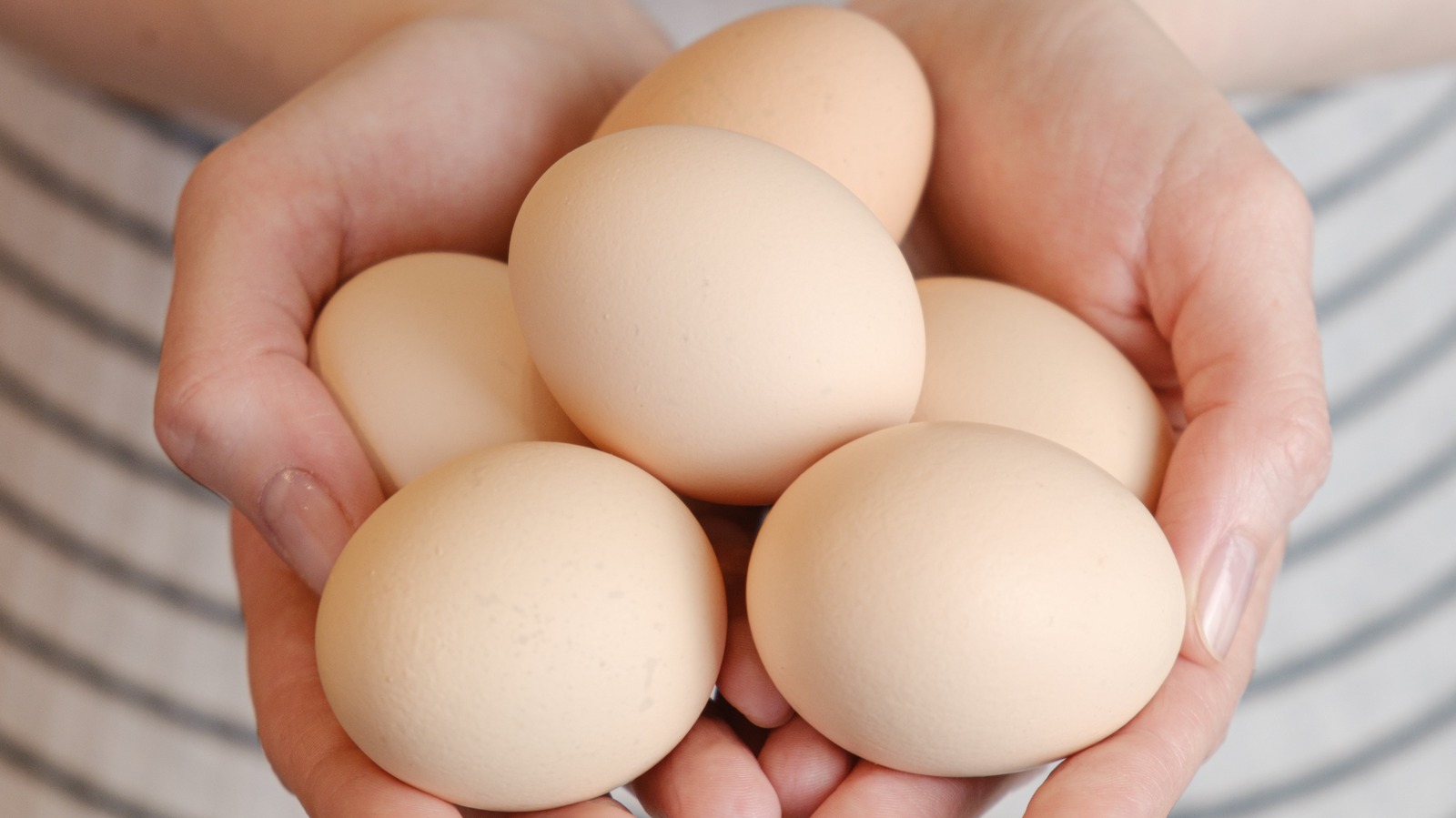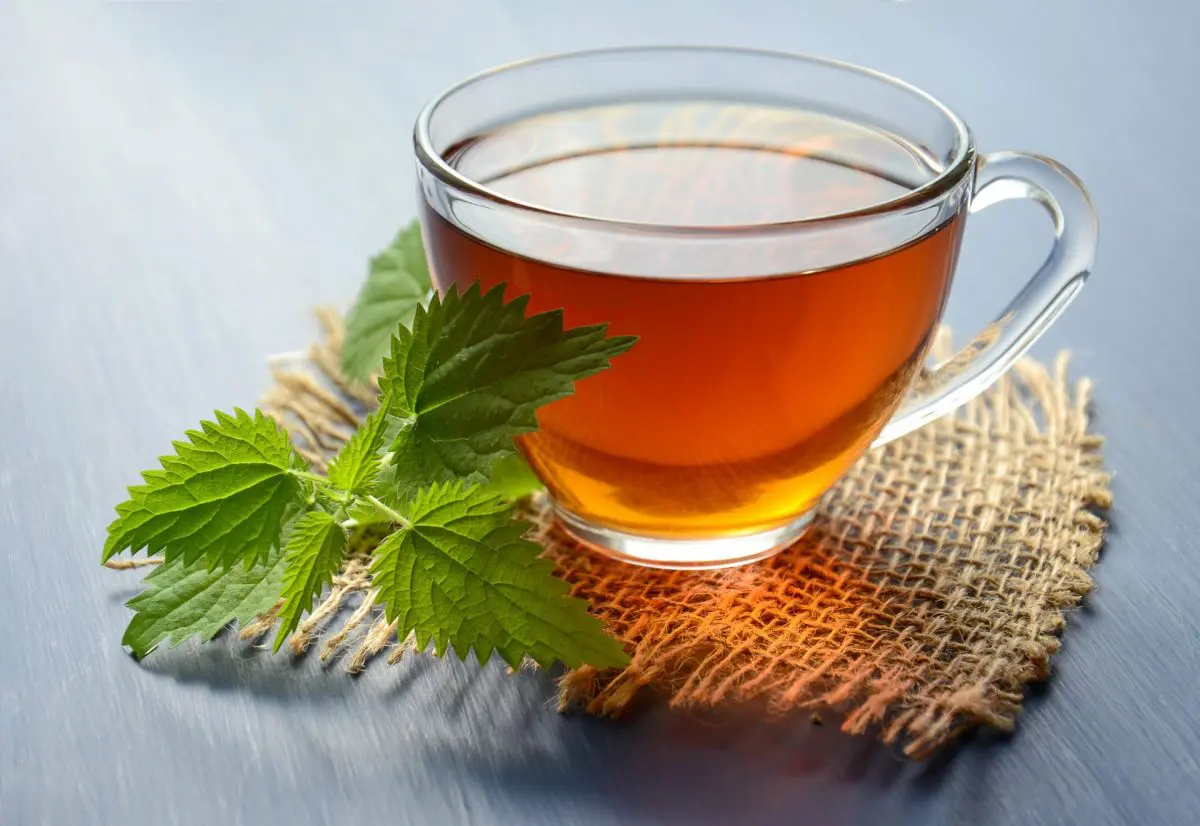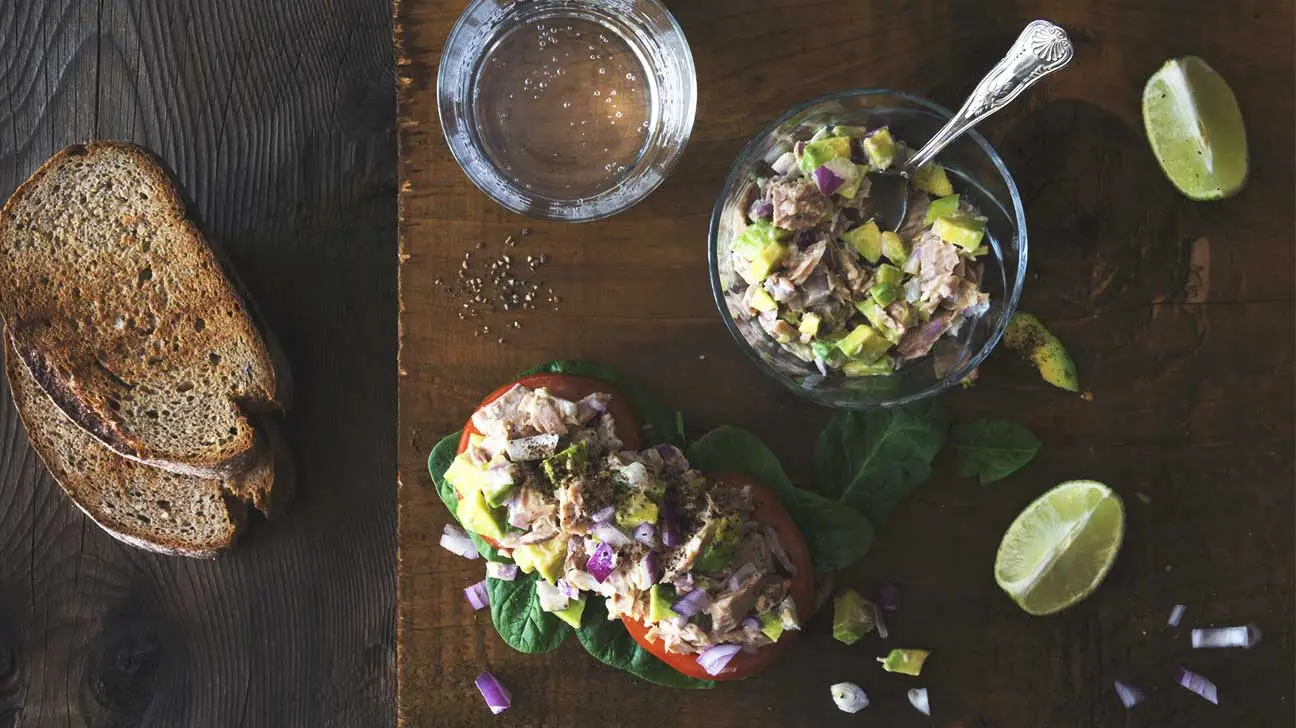The most prevalent and pervasive nutritional condition worldwide, according to the World Health Organization, is iron-deficiency anemia. It takes more than just consuming foods high in iron to acquire adequate iron from your diet, though. Your body's capacity to absorb iron, the amount of iron in meals, and your own iron levels are all influenced in intricate ways. The evidence is far from conclusive, but it appears to be more about the meal as a whole than specific dishes. These meals can either increase or decrease your consumption of iron.
Milk
Dairy products include calcium, which may hinder the absorption of iron. Fortunately, this impact seems to be transient. The easiest way to fight anemia is to eat dairy products and foods fortified with calcium a few hours before or after iron-rich meals in order to optimize the advantages of both. This is because calcium is a vital component of a balanced diet.
Eggs

Although eggs naturally contain a high amount of iron in their yolks, this iron is bound up by a protein called phosvitin, which reduces the amount of iron that is accessible for digestion. Eggs' phosphovitin may also hinder other foods' ability to absorb iron. Fortunately, ascorbic acid, or vitamin C, aids in the release of iron, so you can maximize the benefits of your breakfast omelette by simply pairing it with a glass of orange juice.
Coffee
Coffee has the potential to obstruct dietary iron absorption and maybe even storage. Decaf coffee is not immune to this impact; polyphenols seem to be the primary problem, while caffeine plays a minor part. You may still reap the many health advantages of polyphenols and lessen the impact on your iron consumption by drinking coffee at least an hour before meals.
Whole Wheat Bread
Although whole-wheat bread has a high fiber content, the bran of whole grains also includes a high concentration of phytate, or phytic acid, a substance that is present in many plants and has been proven to hinder the absorption of iron. Because lactic acid, as opposed to regular yeast, is used in the fermentation process of sourdough bread, it is naturally lower in phytate. You may mitigate this impact by including meat or vitamin C in your meal.
Read Also: Burger Nirvana: Achieve Hamburger Heaven with This Recipe
Tea

Similar to coffee, tea has a high content of polyphenols and tannins, which might hinder the body's ability to absorb iron from food. Unexpectedly, research revealed that the impact extends beyond black tea to a number of herbal teas, including chamomile and peppermint. Tea has an inhibitory impact that is most noticeable when consumed during meals, so if you are anemic, don't give up your cup—just avoid drinking it with food.
Soya
When considering iron deficiency, soya might be a confusing food choice. Soya beans are naturally high in iron, but they also contain a lot of phytate, which seems to significantly reduce the absorption of iron. It's also been demonstrated that soy protein reduces iron absorption. Tofu, tempeh, miso, and other fermented soy products appear to have higher iron bioavailability, and soy sauce may even improve iron absorption during meals. The final result? Iron-rich soya provides a net gain in iron content, and including ascorbic acid into the meal may help counteract its inhibitory effects.
Turmeric
At greater quantities, it has been demonstrated that a number of spices and plants strong in polyphenols, including turmeric, block the absorption of iron. Turmeric's ingredient that binds iron is called curcumin, and it seems to have a stronger impact when iron stocks are low. Turmeric has the potential to induce or worsen iron-deficiency anemia because of its anti-inflammatory properties, which have led to its usage as a supplement.
Almonds
:max_bytes(150000):strip_icc()/almonds-GettyImages-683814187-2000-44a06e730fac4c60a10cbb5f9642b589.jpg)
including other nuts, almonds are abundant in substances including calcium, polyphenols, and phytate that seem to prevent the absorption of iron. Almonds can, however, be eaten on their own as a snack to avoid obstructing iron in meals or in combination with vitamin C to counteract the inhibitory impact because they are also an excellent source of nourishment. Soaking or sprouting high-phytate grains, lentils, and nuts can dramatically lower their phytate level. This is another tactic utilized with these foods.
Meat
Although red meat is widely recognized as an excellent source of iron, its benefits to anemia extend beyond its iron content. Similar to other meats like fish, shellfish, pig, and chicken, beef also includes heme iron, which the body absorbs more readily than nonheme iron from plants. Additionally, it includes peptides, proteins, and other elements that improve the body's ability to absorb iron and stimulate the formation of gastric acids that aid in the body's iron processing. As a matter of fact, include a dish of meat with your meal, and your body will absorb iron from the other meals as well.
